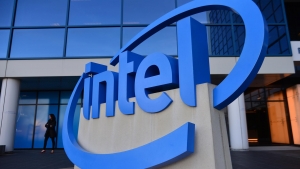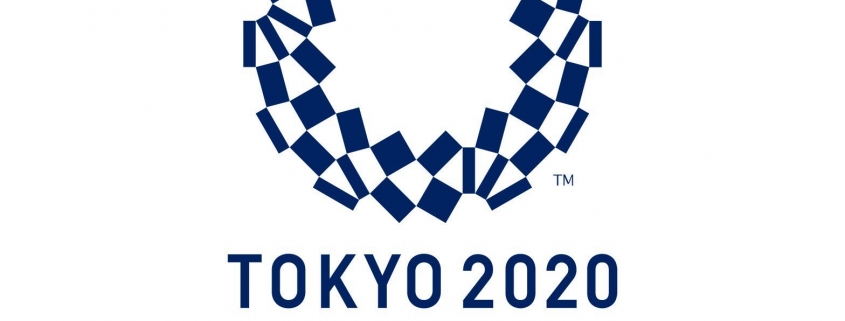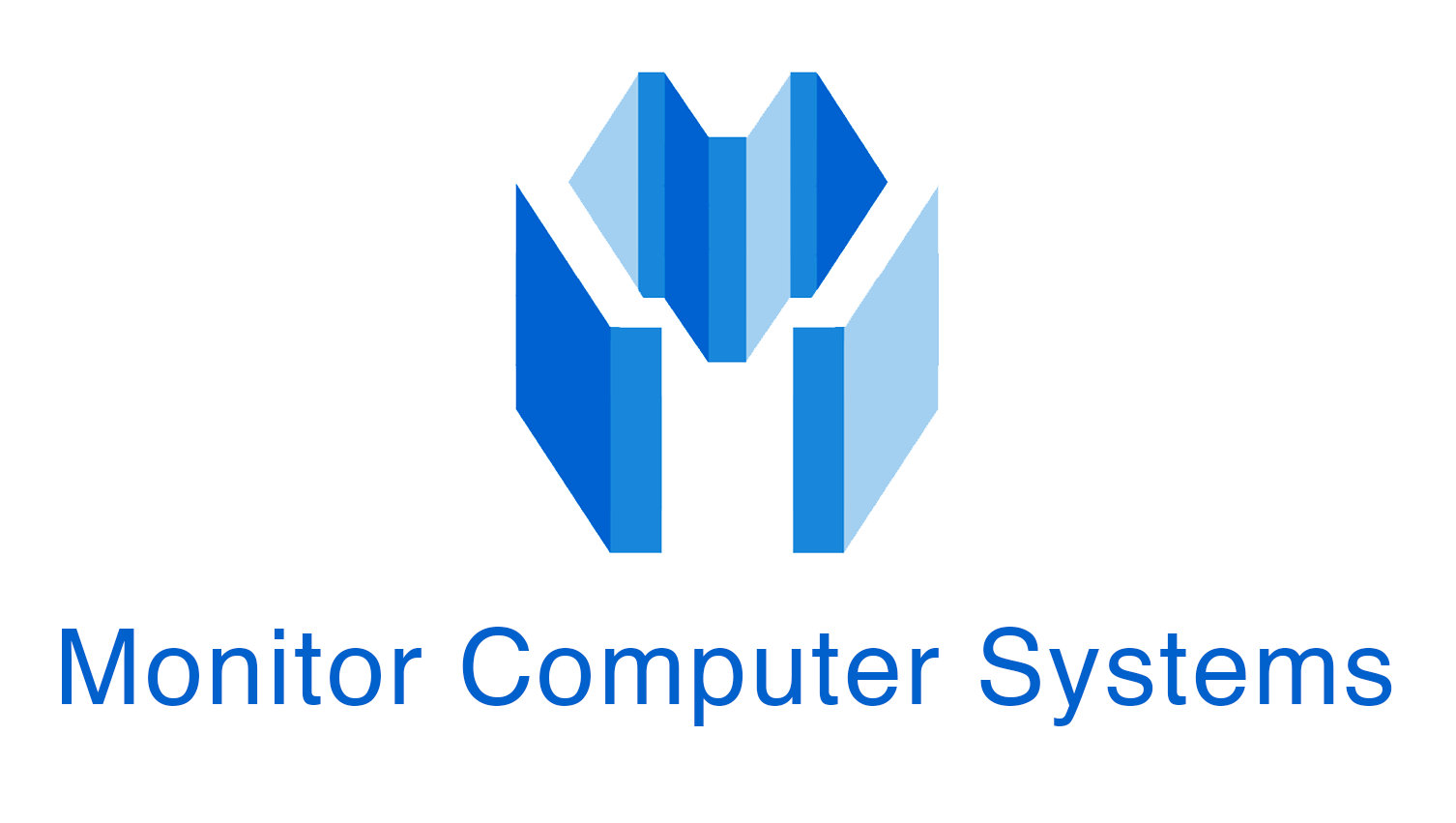Hundreds of terminals from Intel and NEC will scan the faces of athletes, sponsors, volunteers and other accredited people at the next summer Olympics.

(Credit: Walden Kirsch/Intel Corporation)
If you’re an athlete, sponsor, journalist or volunteer at the 2020 Olympics in Tokyo, you’ll be using a facial recognition system from Japanese electronics giant NEC and chipmaker Intel to get where you need to be.
Intel is collaborating with NEC to provide “a large-scale face recognition system for the Olympics,” said Ricardo Echevarria, general manager of Intel’s Olympics program. The system is designed to let Olympics organizers “ensure smoothly secure verification for the over 300,000 people at the games who are accredited,” he said. People using it will register with photos from government-issued IDs, he added.
Facial recognition has grown by leaps and bounds with the arrival of the sophisticated pattern-matching abilities of modern artificial intelligence technology called neural networks. But many are alarmed about pervasive computer surveillance, leading cities like Somerville, Massachusetts, and San Francisco and Oakland, California, to bar police from using the technology.
Intel didn’t comment on the privacy or data retention aspects of the technology, and NEC said that’s the purview of the Tokyo Olympics organizers. Those organizers didn’t immediately respond to a request for comment.
NEC will deploy hundreds of facial recognition systems around the Olympics facilities, a move that should speed up ID checks for accredited people, Echevarria said. It’s the first time the Olympics have used that facial recognition technology.
It won’t be a wholesale replacement for the old ways: Accredited personnel at the Olympics will still have to wear traditional ID lanyards, Intel and NEC said. But the facial recognition system will be required: if someone loses their lanyard or tries to get access with one that’s stolen, the facial recognition system will block them, NEC said.
“Facial recognition improves security and efficiency by being able to confirm a picture ID against the face of the person seeking to enter a facility with greater speed and accuracy than human staff,” NEC said.
Intel will be involved in other Olympic-related moves, too:
- It’s helped develop a technology called 3DAT (3D Athlete Tracking) that broadcasters can use to boost instant-replay videos with data about player movements. An AI system processes video data rapidly to generate the overlay graphics.
- Intel also is helping to run a global esports gaming competition in parallel with the Olympics in Tokyo. Players from an initial group of 20 countries will compete in the videogame event, which also includes participation from gaming companies Capcom and Epic Games.
- It’s building virtual reality training realms that athletes and organizers can use to visualize arenas and other facilities.



 C-Store
C-Store 










 Facewatch
Facewatch